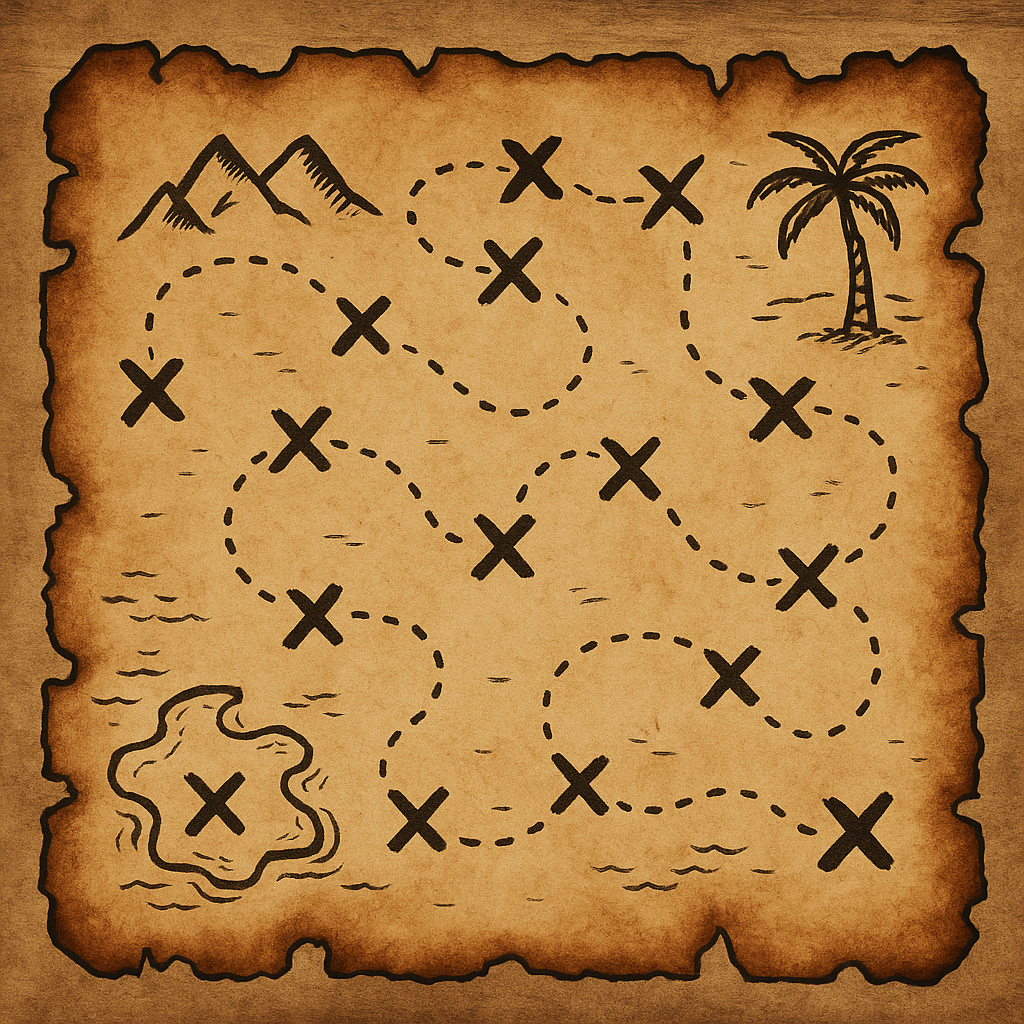
At its core, a product manager is responsible for managing the to-do list everyone else is working from. You’re constantly prioritizing, splitting tasks between teams, tracking progress, and helping people think about what’s hard versus easy. Somewhere in the middle of all this work is the idea of epics—bigger containers that help you organize related to-dos into groups.
But what’s the best way to organize those epics? I’ve seen many different approaches, and they all have their place. One approach I’ve found especially useful—particularly in new product development—is organizing epics around capabilities.
What is capability mapping?
A capability is a new superpower your product gives your users. It answers the sentence:
“I am now capable of __.”
Some examples:
- I am now capable of organizing my music.
- I am now capable of summoning my car.
- I am now capable of flying to work.
Each capability represents a meaningful new outcome for the user. By mapping your work this way, you’re not just building features—you’re building abilities your users can take advantage of.
You can use these capabilities as the names of your epics:
- “Organizing my music”
- “Summoning my car”
- “Flying to work”
All the tasks that contribute to delivering that capability go into the corresponding epic. Once the tasks are complete, the capability is complete—and your users have unlocked a new power.
A capability-based epic doesn’t need to specify how the capability is implemented. That’s the job of the user stories and tasks inside the epic. The epic itself works like a headline or product announcement: something you could proudly put on the homepage or in a press release to signal what the product now enables.
Other ways to organize epics
Of course, capabilities aren’t the only way to structure epics. Here are a few other common patterns I’ve seen:
🔹 By user journey or workflow
Organize epics around key steps in the user’s process:
- “Onboarding”
- “Checkout flow”
- “Post-purchase engagement”
Keeps focus on improving specific stages of the user experience.
🔹 By product area or module
Group epics by product components or technical domains:
- “Search”
- “User profiles”
- “Notifications”
Aligns closely with how engineering teams are structured.
🔹 By business goal or objective
Organize work by outcomes tied to company strategy:
- “Increase user retention”
- “Expand enterprise sales”
- “Reduce support tickets”
Makes it easy to tie work directly to measurable business impact.
🔹 By customer segment or persona
Focus epics on the needs of different user groups:
- “First-time users”
- “Power users”
- “Admin controls”
Keeps empathy high for different user types.
🔹 By release or milestone
Organize epics around time-based deliverables:
- “Q3 launch”
- “Version 2.0”
- “Beta release”
Helps teams working toward fixed deadlines.
A bonus: using epics in marketing campaigns
While epics are often used for product development, I’ve also seen teams use them to organize marketing campaigns. In this case, the epic represents all the work needed to launch and support a campaign:
- “Launch campaign for product X”
- “Customer referral program”
This works best when the campaign is a finite project with a clear goal. Be careful, though—ongoing marketing operations (like “post a blog every week”) might not fit cleanly into an epic structure since they’re recurring processes rather than one-time deliverables.
When capability mapping works best—and when it doesn’t
In my experience, organizing epics by capabilities shines in greenfield projects—when you’re building something from scratch. At this stage, every epic represents a critical new ability the product needs to offer to be viable.
But as the product matures, the nature of the work changes. Instead of building brand-new capabilities, you’re iterating, optimizing, scaling, or maintaining. In this phase, capability-based epics might feel too static or too high-level. You might find it better to shift toward organizing work by outcomes, technical domains, or business goals.
Like many tools in product management, there’s no one-size-fits-all answer. But starting with capabilities can give you a user-centered, outcome-focused map—especially when you’re setting the foundation for a new product.
Final thoughts
Whether you choose to organize by capabilities, journeys, goals, or something else, the key is to make your epics meaningful and actionable. Epics aren’t just containers for tickets—they’re storytelling devices that help teams align around why the work matters.